全部商品分类
> 社科/经管/语言/法律 > 语言学 > 外国语言学 > 中国科学家国内外出版语境下的英文期刊论文:探讨作者身份的构建 = Chinese Scientists’ English Research Articles in National and International Journals: Exploring the Construction of Writer Identity

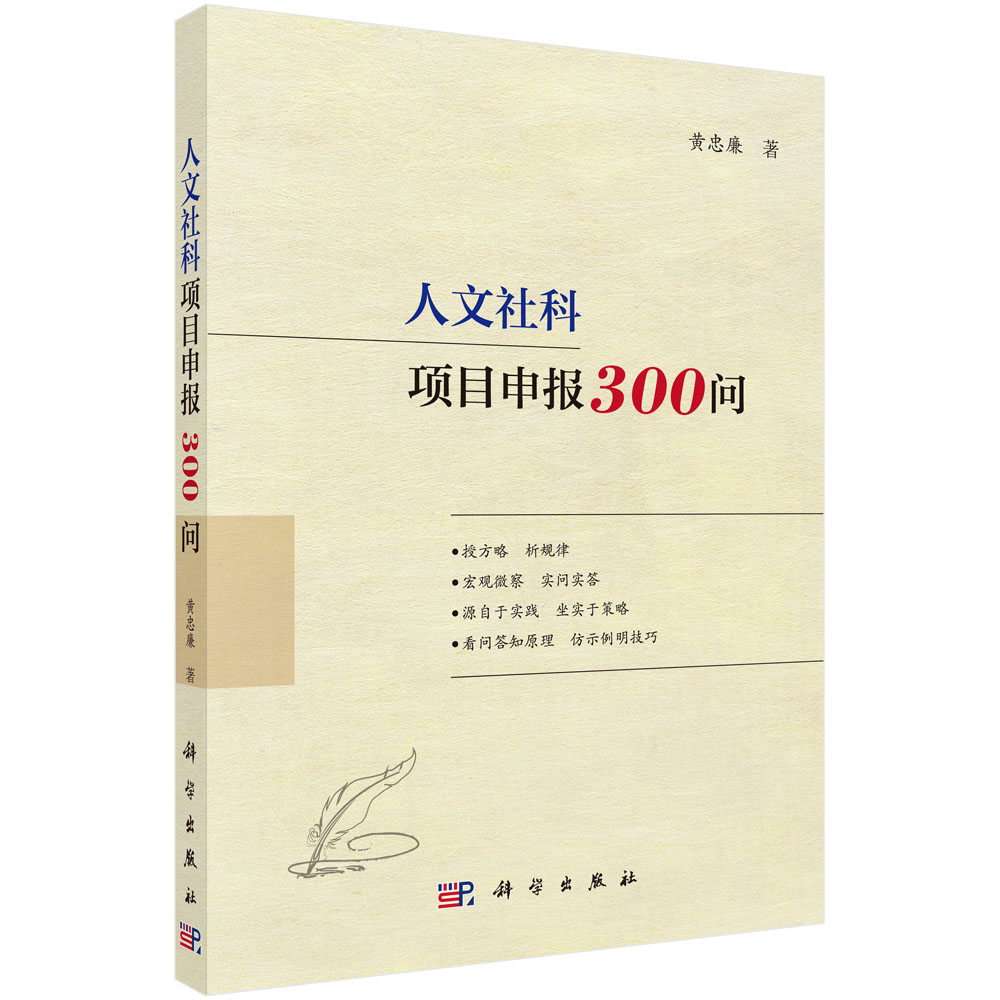



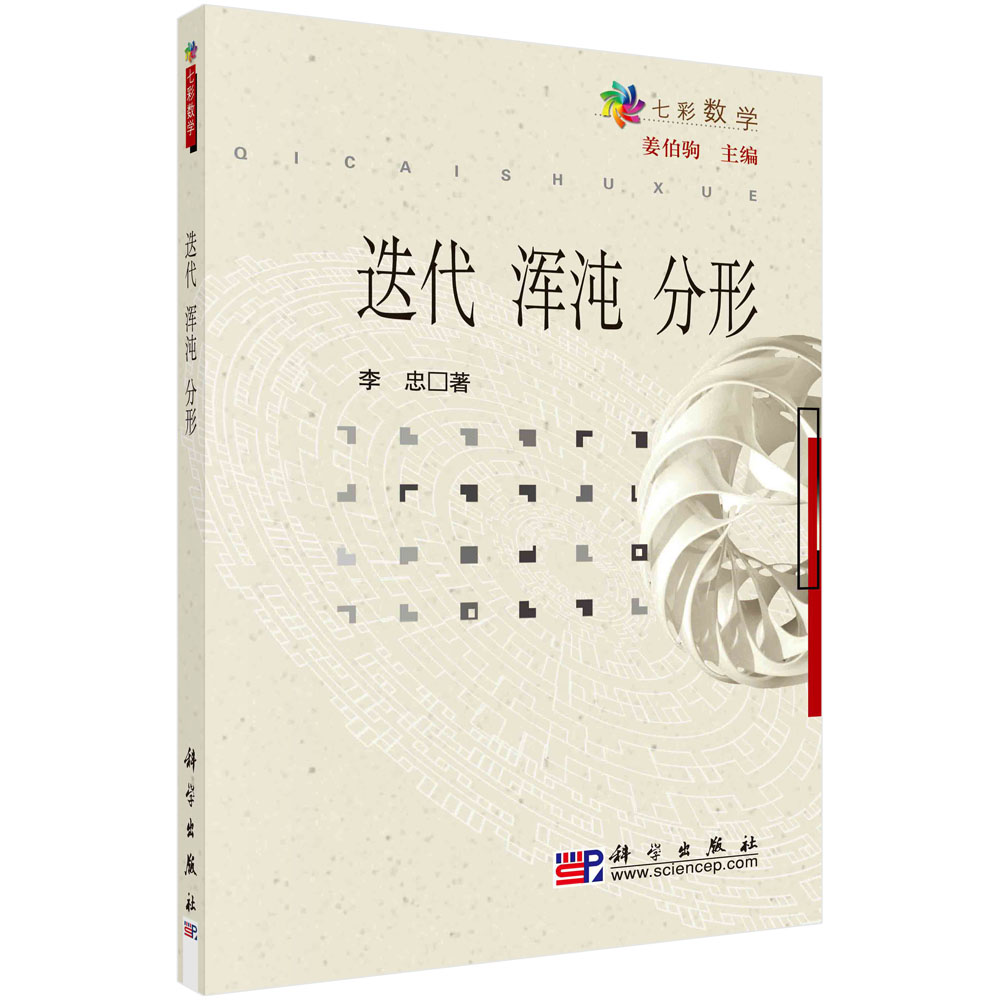



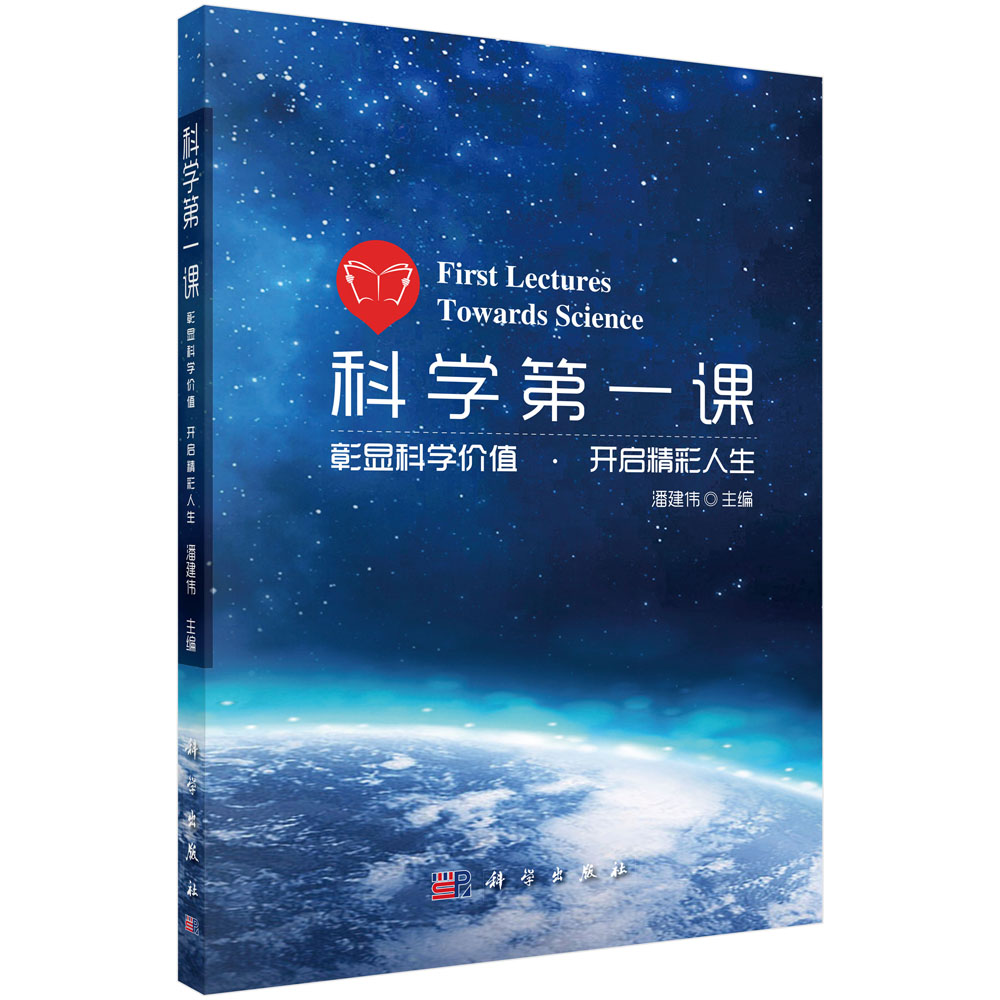







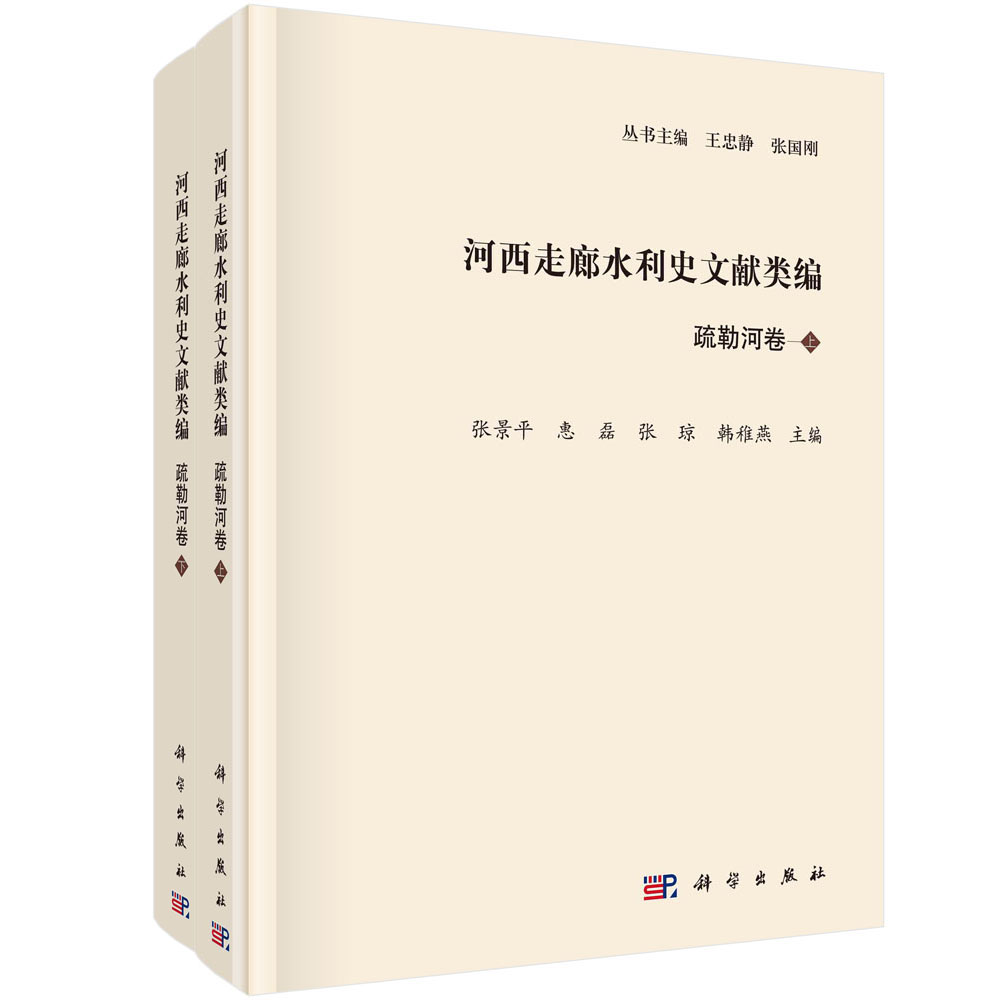

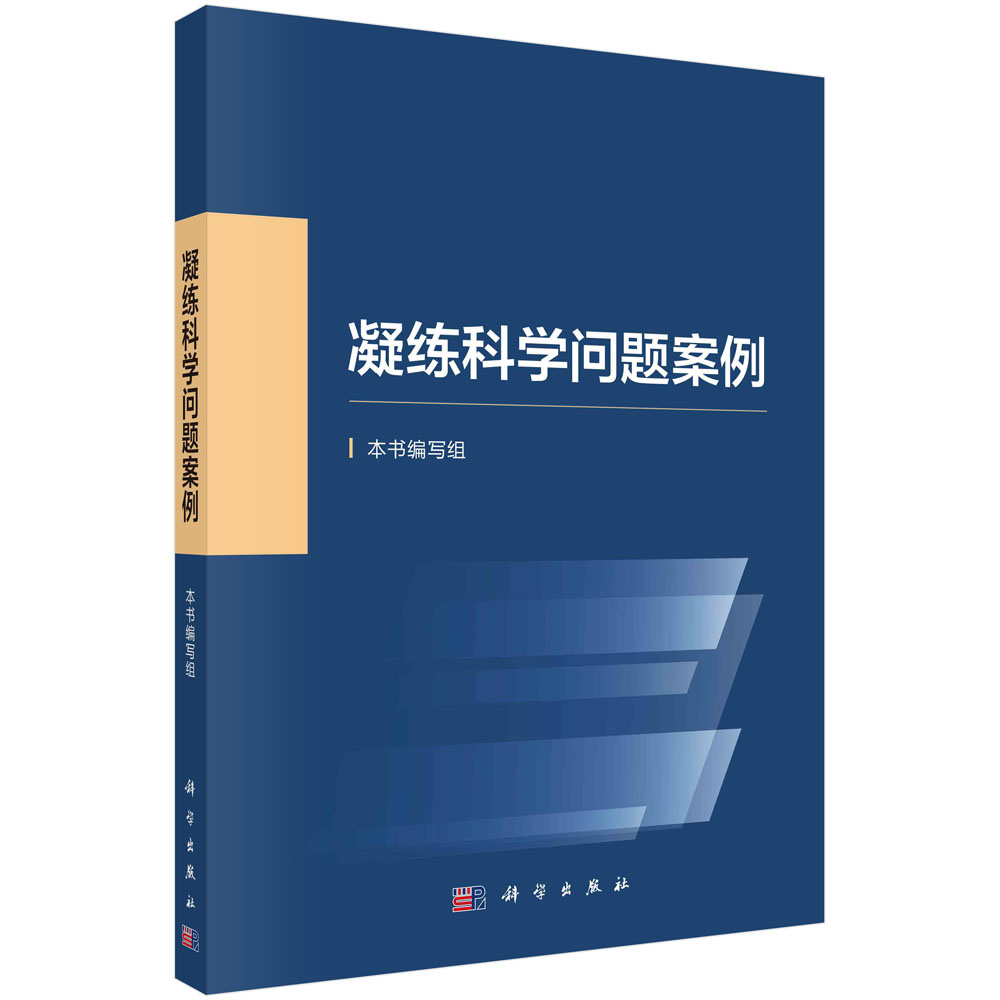
无
样章试读
- 暂时还没有任何用户评论
全部咨询(共0条问答)
- 暂时还没有任何用户咨询内容